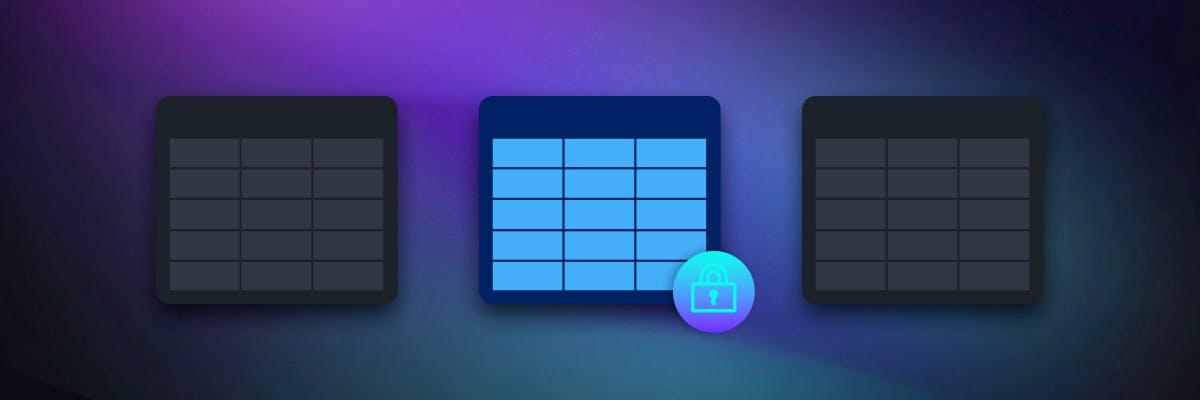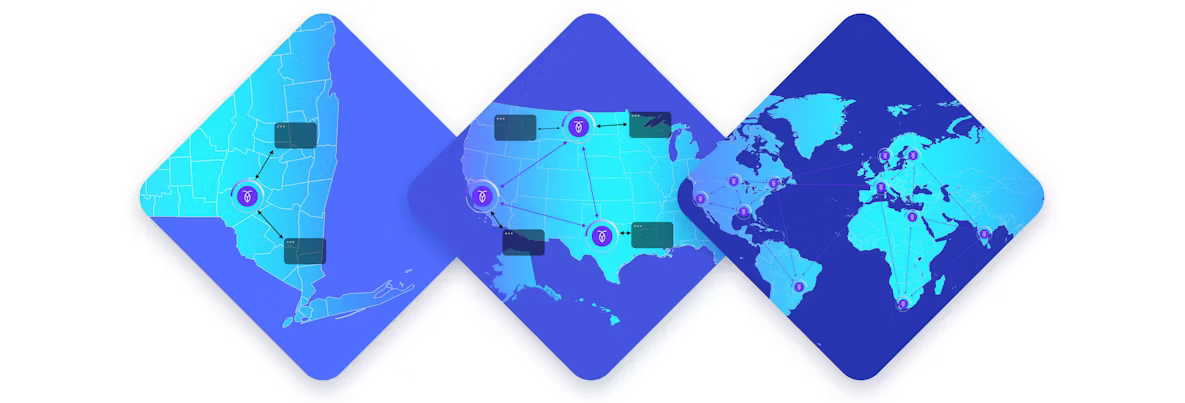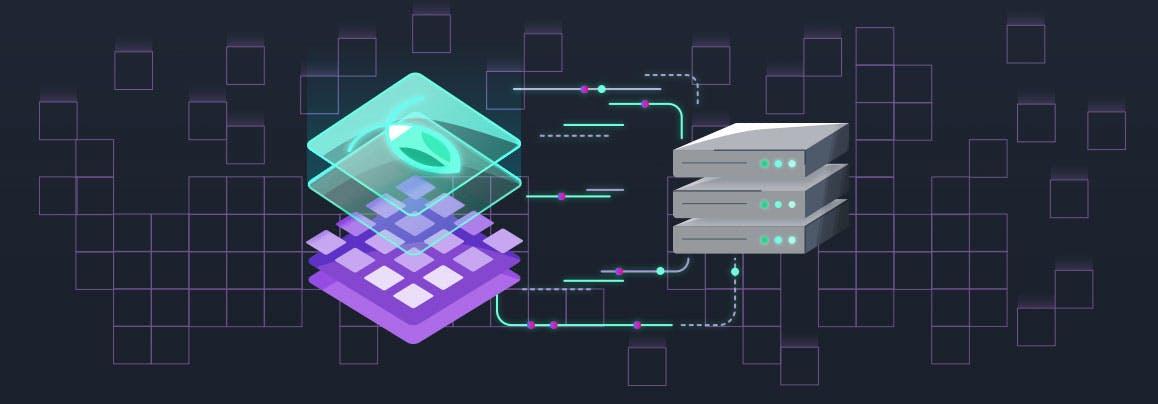
Blog
Engineering
Engineering
How to encrypt specific database tables with CockroachDB
A few days ago, we (Artem and Chris) were working with two different customers that had the same requirement: they needed to encrypt certain tables in their databases. This is not uncommon. Encryption comes with a slight performance penalty, so many companies prefer not to encrypt their entire database. Instead, the best practice is to encrypt only the tables that contain sensitive information, so less-sensitive data can be accessed without the overhead the encryption creates.
Artem Ervits
June 23, 2021
Engineering
Survive region outages with CockroachDB: Because sh*t happens
As we outlined in Deploy a Multi-Region Application in Just 3 Steps, we’ve made major changes to simplify the multi-region configuration in CockroachDB. The new abstractions allow users to think of multi-region databases and tables in three ways:
Arul Ajmani
June 22, 2021
Engineering
How to build logging for a distributed database: Splunk vs. ELK vs. BYO
As an SRE on the CockroachDB Dedicated team, we have the unique challenge of monitoring and managing a fleet of CockroachDB clusters around the globe. Perhaps needless to say, as a distributed database, security is an utmost priority for us. To address some of the needs related to security and monitoring (for example intrusion detection audit logging), we’ve invested in our next generation of Security Information and Event Management (SIEM) infrastructure.
Paul Bulkley-Logston
June 16, 2021
Engineering
Retraction: My Go executable files are still large (what's new in 2021)
In 2019, we published an exploration of the size and makeup of the executable files produced by the Go compiler. CockroachDB engineers, the Go team, and the greater Go community were intrigued by the analysis, and the results of it pushed our projects further. Two years passed, and both Go and CockroachDB had evolved significantly in that time. We wanted to explore: What might have changed? What could we learn?
The Cockroach Labs Team
April 14, 2021
Engineering
How to migrate from Go dep to Go modules
Do you enjoy weird and strange build issues? Or do you think something we do in this blog post is fishy and you want to fix it? Want us to use bazel instead? Good news - we’ve got a role for you! We’re on the lookout for more engineers on our Developer Infrastructure team! We’re looking to expand our sprawling development infrastructure as we grow to more people and a bigger codebase with new and exciting functionality and cloud management. If you want to help the engineers write the exciting next generation of databases by empowering their work environment, don’t delay - apply today!
Oliver Tan
March 31, 2021
Community
Engineering
Product
A Vue.js, Firebase, and CockroachDB app that makes mentorship accessible
The current mentorship model is broken. It requires you to have the privilege of belonging to an established network (like a renowned university) or ‘cold call’ potential mentors on a platform like LinkedIn. Even after you find a mentor, it’s difficult to sustain a mentor-mentee connection. This is the challenge a group of students from Lassonde School of Engineering at York University set out to resolve through their Hack the North 2020++ app: mntr.tech

Amruta Ranade
March 19, 2021
Engineering
Stargazers: A tool for analyzing your GitHub stars
It’s been over six years since CockroachDB became a GitHub project. In that time, the project has racked up more than 20,000 GitHub stars, which is a simple way for GitHub users to bookmark repositories that interest them. Naturally, we’ve wondered how people find out about our project. Are there things we could do to accelerate awareness and interest?

Spencer Kimball
February 22, 2021
Engineering
Why deploying on Kubernetes is like flying with an alligator
As long as you’re willing to follow the rules, deploying on Kubernetes and air travel can be quite pleasant. More often than not, things will “just work”. However, if one is interested in traveling with an alligator that must remain alive or scaling a database that must remain available, the situation is likely to become a bit more complicated. It may even be easier to build one’s own plane or database for that matter. Traveling with reptiles aside, scaling a highly available stateful system is no trivial task.
Chris Seto
February 9, 2021
Engineering
From interns, with love: CockroachDB internship projects
While not exactly envious of our current crop of interns (because, you know, the whole work from home thing), I’ll admit I find myself reminiscing back to when I was one myself. I’m still surprised the engineering team let me anywhere near the stuff they did. When I first interned four years ago, we had declared a just code yellow to focus our energy towards stabilizing CRDB. Having joined the newly-formed distributed query execution1 team, but now with its focus directed elsewhere, what this meant for me was free rein to flesh out distributed hash and merge joins2, few aggregation primitives (think SUM, COUNT, DISTINCT, etc.), and some sorting algorithms.
Irfan Sharif
January 21, 2021








